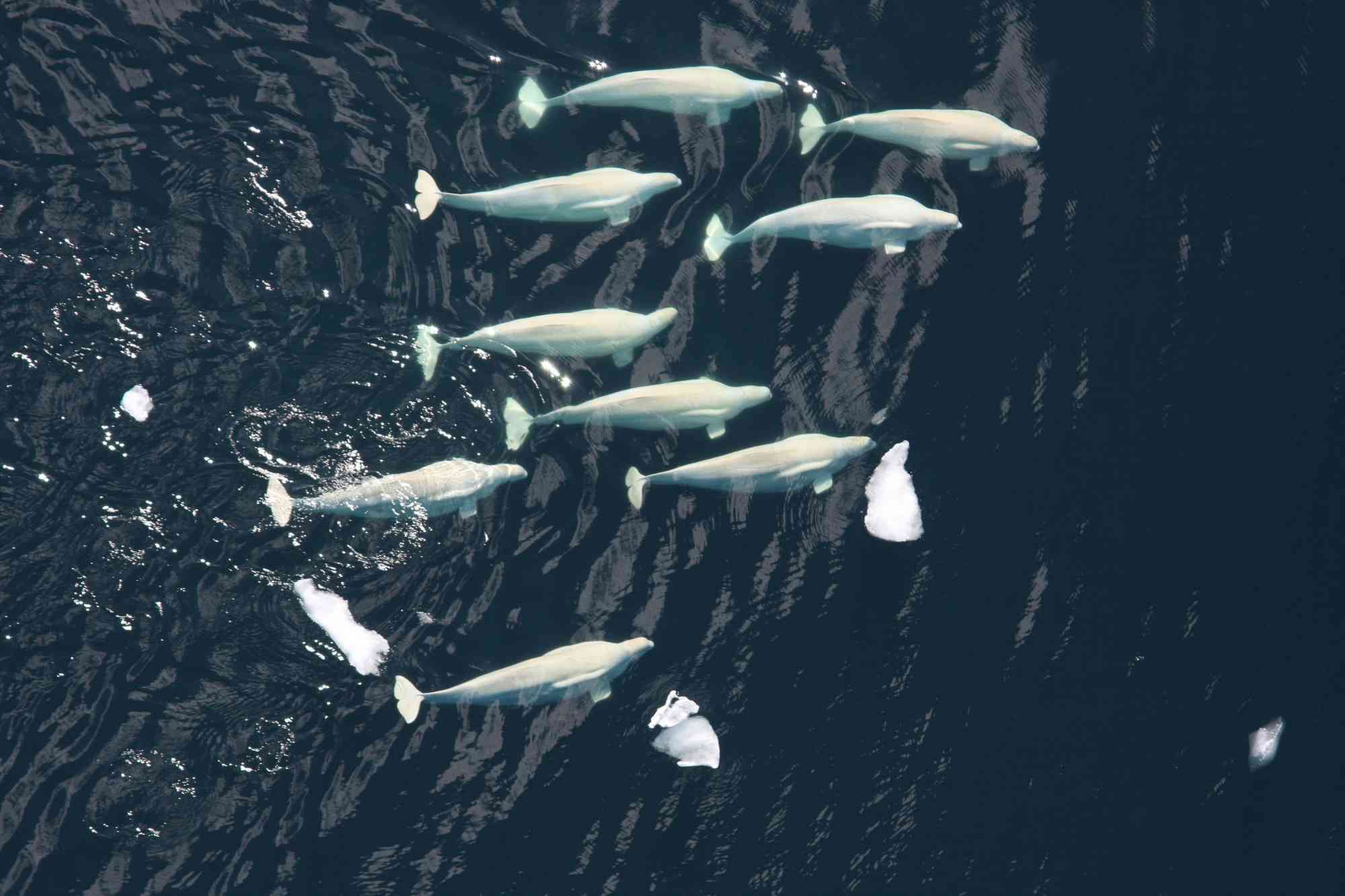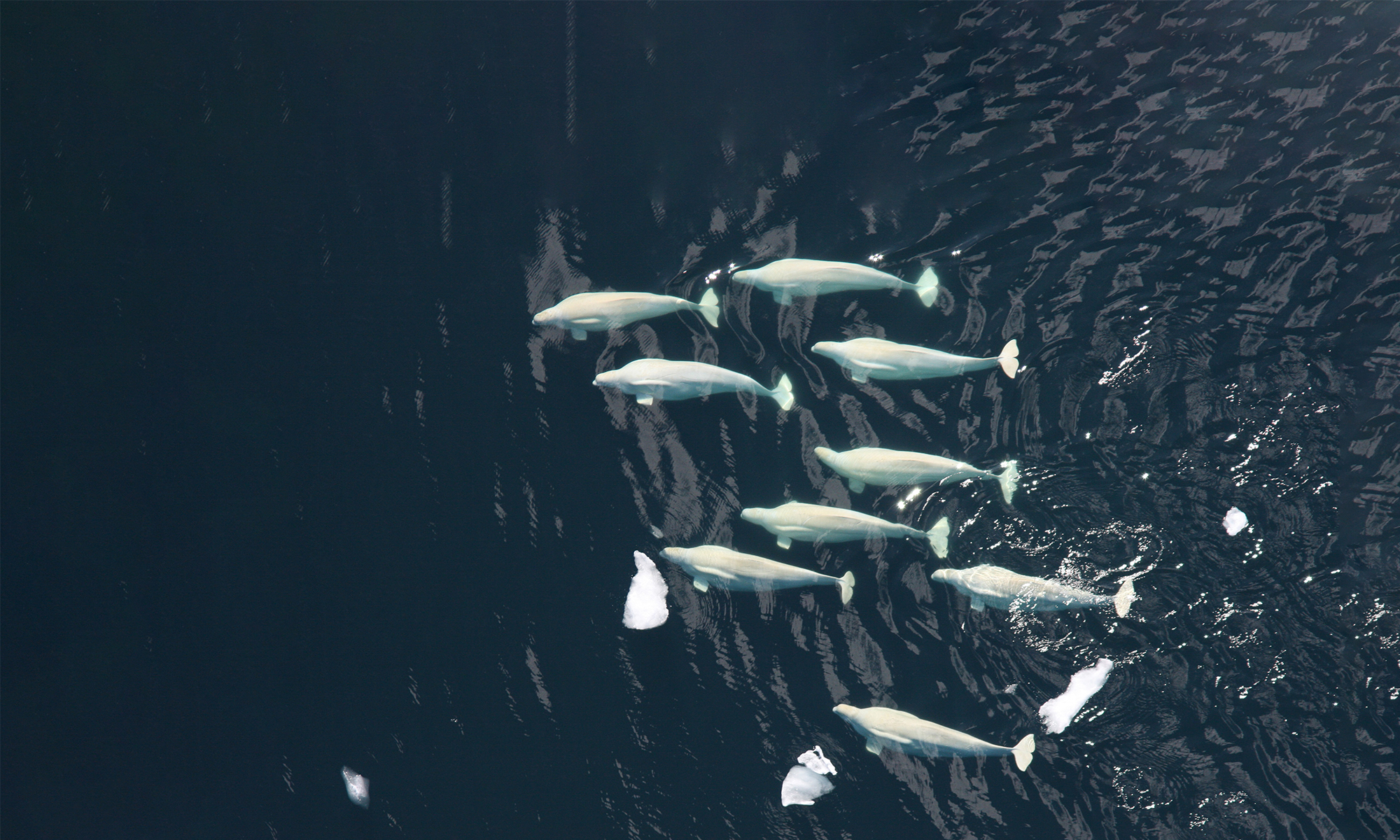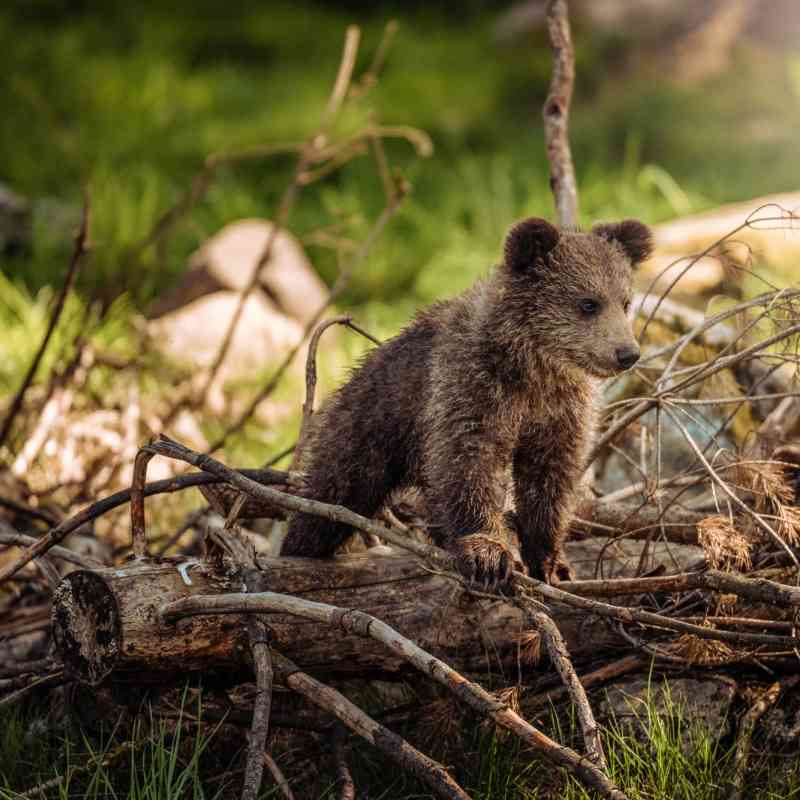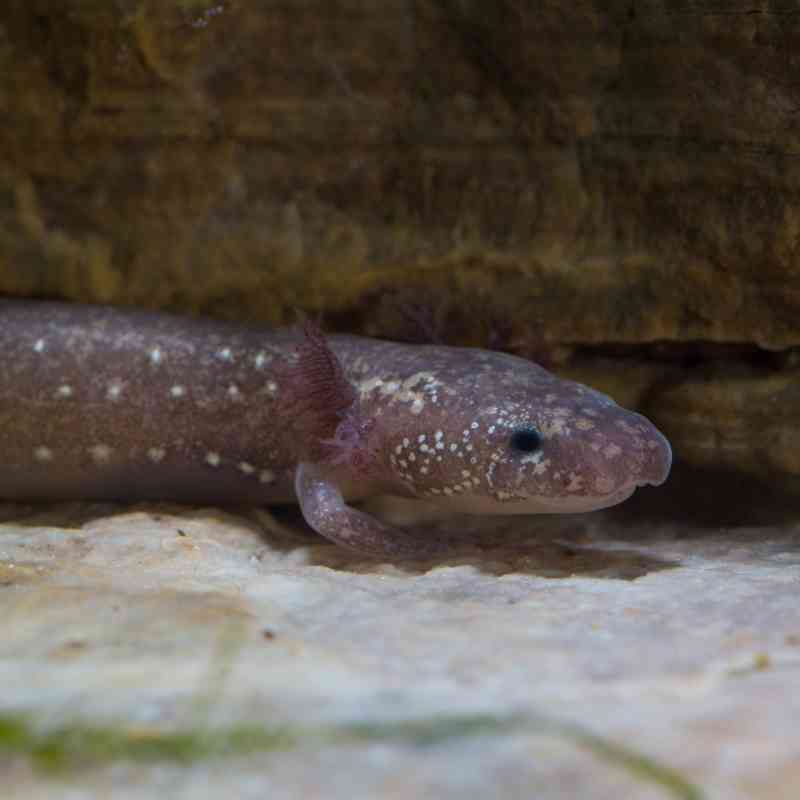Defenders of Wildlife has been fighting for Cook Inlet beluga whale recovery for years. These highly social, gregarious animals are nicknamed "sea canaries" because of their squeals, squeaks and chirps. There are five populations of belugas in Alaska. Defenders and partners petitioned to get the Cook Inlet beluga whale population listed as an endangered species in 2007. This is now the only population that is currently listed under the Endangered Species Act, and while the protections provided under the Act are some of the strongest in the world for imperiled species, the population continues to dwindle. With just 279 Cook Inlet belugas left, this population has declined more than 75% from its historic population of 1,300 individuals in 1979. Cook Inlet belugas need our help now more than ever.
Belugas are cultural and ecological icons that also reflect the health of their ecosystem. Throughout Alaska and the Arctic, belugas have been a source of food, clothing and heat for coastal Tribes for thousands of years. Cook Inlet belugas still play a significant cultural role for the Tubughna (pronounced Tabona and meaning 'people of the beach') people of The Native Village of Tyonek. Recognizing the importance of conservation, the Tubughna and other Alaska Natives of Cook Inlet voluntarily ended their subsistence hunt of belugas prior to the ESA listing. Regardless, the relationship between the beluga and the Tubughna remains strong as they continue to maintain the traditions, knowledge and values associated with beluga whales.
As Anchorage’s population grew in the 1990’s, and Cook Inlet became more accessible to outside communities, subsistence hunting of Cook Inlet belugas increased. It is thought that increased hunting was the most significant cause for the initial decline of the Cook Inlet beluga population in the 1990s. Once all forms of hunting stopped in 2007, the Cook Inlet beluga population temporarily increased until 2010. But sadly, since 2010, the population has been consistently declining at a rate of 2.3% each year. Scientists do not know exactly why the population continues to shrink, but it is clear the population is facing an array of threats.
As we work to recover the endangered Cook Inlet beluga, the word ‘uncertainty’ continues to pop up. Management agencies are required to make science-based decisions, but when it comes to Cook Inlet belugas, there is a lot that scientists still don’t know about this species. Without all the facts, managers have a difficult time making precautionary decisions and justifying prohibiting industrial development in Cook Inlet.
Recognizing that we may only have a few years left to make meaningful change to save this incredible species, Defenders wants to ensure agencies have sufficient resources to make precautionary management decisions regarding Cook Inlet belugas. With this in mind, our Alaska team worked with our Center for Conservation Innovation (CCI) and veterinary epidemiologist Dr. Stephanie Norman to conduct a research project that can help fill the gaps in knowledge. By incorporating research on closely related whale species facing similar threats, we can better inform beluga conservation and management action.
What we found is that information on Southern resident killer whales, St. Lawrence belugas and Hector’s Dolphins can be used to supplement the Cook Inlet beluga research about topics such as noise pollution, prey availability and exposure to contaminates. This is important because the Cook Inlet beluga recovery plan developed by NOAA ranks the significance of threats to the population while recognizing that research is lacking, potentially creating confusion in what actions should be taken to aid recovery. Based on the research findings from similar species, it is clear that some threats—like decline in prey availability and increased pollution —should be elevated for Cook Inlet belugas. While we don’t have research that says these threats are the reason the belugas are not recovering, we do have plenty of information to say that pollution and prey limitations are preventing recovery in other similar species, and it is likely to also be contributing to the continued decline of Cook Inlet belugas.
Defenders’ hope is that our research with Dr. Norman will help NOAA review their recovery plan and lead to more effective recovery for the Cook Inlet beluga. Drawing from literature on surrogate species that face the same threats can help fill the knowledge gaps. Some key recommendations our study proposes include:
- Management would be improved by considering the cumulative impact of human activities across space and time.
- There is a need for a complete analysis of noise impacts in Cook Inlet beluga habitat.
- Threats to individuals and the population as a whole need to be assessed cumulatively instead of on a project-by-project basis.
- The threat rankings especially for lower ranked threats like prey limitations and containments/pollution must be re-evaluated and more studies need to be focused on these topics.
- An adaptive management approach is needed. Adaptive management emphasizes learning and continued incorporation of new information into the current management processes.
The paper is available in the journal, Frontiers in Marine Science.
Author
comments
Wildlife & Wild Places






